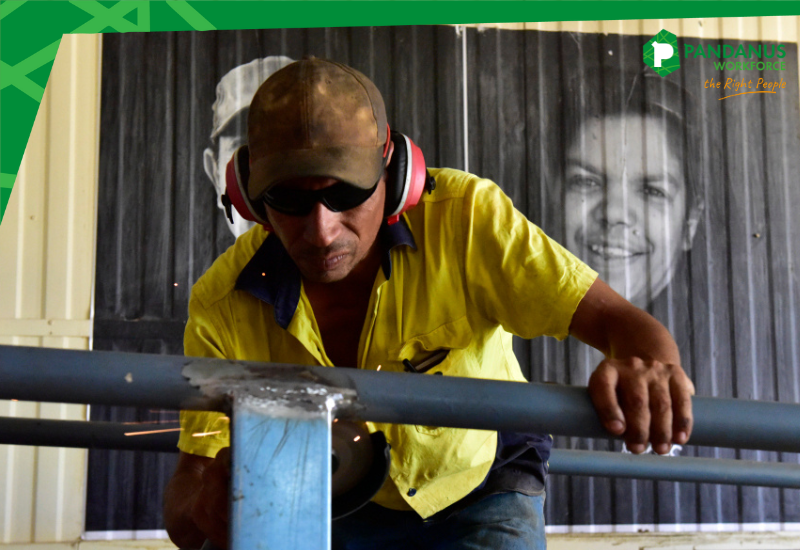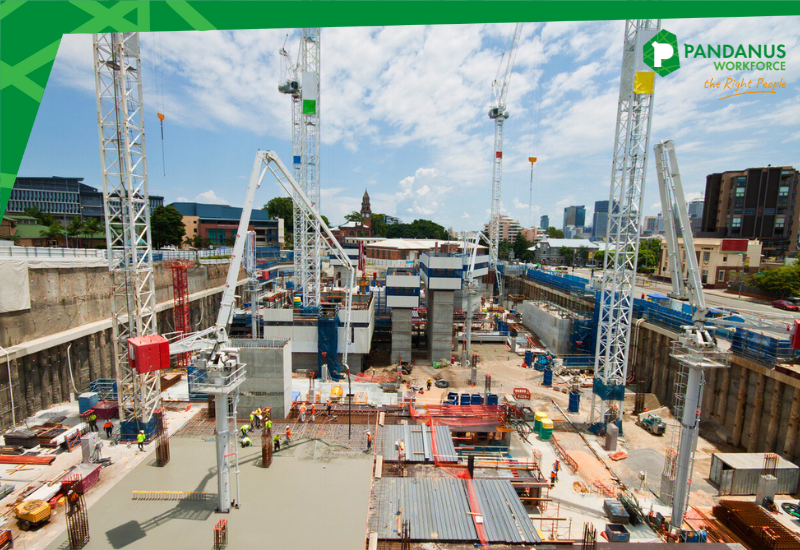As Brisbane prepares to host the 2032 Olympic and Paralympic Games, South-East Queensland stands on the cusp of an infrastructure boom. From stadiums and transport networks to housing and healthcare facilities, the construction industry is tasked with delivering a monumental transformation. Yet, beneath the surface of this ambitious agenda lies a pressing concern: a significant workforce shortage that threatens to derail progress.
The Magnitude of the Challenge
The Horizon 2032 report by Construction Skills Queensland (CSQ) paints a sobering picture. The state’s construction pipeline is projected to swell from $53 billion in 2024–25 to a staggering $77 billion by 2026–27. To meet this demand, an average of 122,600 construction workers will be required annually, with a peak shortfall of 50,000 anticipated in 2026–27.
This shortage isn’t confined to Olympic projects alone. Queensland is concurrently grappling with a housing crisis, a $19 billion hospital expansion, and significant investments in renewable energy and transport infrastructure. The convergence of these projects intensifies the demand for skilled Labour, exacerbating the existing workforce deficit.
The “Hunger Games” for Talent
The competition for skilled workers has become so fierce that industry insiders liken it to a “Hunger Games” scenario. With approximately 190,000 subcontractors currently operating in Queensland, the pool is insufficient to meet the burgeoning demand. Major contractors express concerns about retaining their workforce, especially as projects vie for the same limited talent.
This intense competition not only drives up Labour costs but also risks project delays and quality compromises. Without strategic intervention, the state may struggle to deliver on its infrastructure promises, potentially tarnishing the legacy of the 2032 Games.
Strategic Workforce Solutions
Addressing the workforce challenge requires a multifaceted approach:
- Apprenticeship Expansion and Support
Investing in apprenticeship programs is crucial. However, the financial burden on employers remains a significant barrier. Training an apprentice can cost over $250,000, with minimal incentives currently available. Enhancing financial support for businesses willing to train apprentices can bolster the pipeline of skilled workers.
- Leveraging Skilled Migration
While developing local talent is essential, the immediacy of the demand necessitates tapping into skilled migration. Streamlining visa processes and recognizing international qualifications can help bridge the short-term Labour gap.
- Promoting Diversity and Inclusion
With female participation in the construction industry at just 15%, there’s a vast untapped demographic. Implementing initiatives to attract women and underrepresented groups can diversify and expand the workforce.
- Embracing Innovation and Collaboration
Adopting modern construction techniques, such as modular construction and digital tools, can enhance efficiency. Furthermore, fostering collaboration among government, industry, and unions ensures a unified approach to workforce development.
A Legacy Beyond the Games
The 2032 Olympics present an opportunity not just for infrastructural advancement but also for lasting socio-economic benefits. By prioritizing workforce development now, Queensland can ensure that the benefits of the Games extend well beyond the closing ceremony.
Strategic investments in training, inclusive recruitment, and innovative construction practices will not only address the immediate challenges but also lay the foundation for a resilient and skilled workforce equipped to meet future demands.
As the countdown to 2032 continues, the focus must shift from merely building structures to building capacity. The success of the Games—and the legacy they leave behind—hinges on the state’s ability to rise to this workforce challenge.






